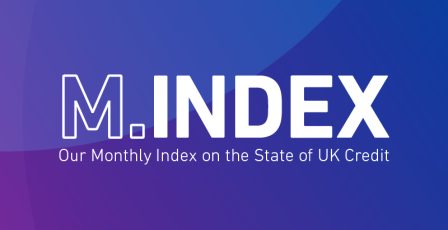Assessing consumer resilience in the face of rising mortgage and contracted payments
Experian data shows that average increases in household income are outpacing rising living costs, but – as always – some consumers are benefitting more than others
Our latest affordability update provides all the granular insights you need to navigate the market and support your customers better – showing how rising mortgage and contracted payments are impacting different consumer segments, and what it all means for your business.
Consumer and household incomes have risen by an average of 11% when comparing October 2022 and August 2023, our latest update shows. That means that many consumers’ incomes are now rising faster than living costs are rising – resulting in increased financial resilience for many households.
Of course, different types of consumers in different areas of the UK are benefitting to a greater or lesser extent from income increases. We have seen, for example, that there is still a north/south divide, with northern counties of England and Scotland experiencing smaller average income increases than counties in the South of England and London.
However, another factor that is having a major impact on affordability is rising costs – particularly in terms of mortgage and contracted payments (meaning loans and credit cards). Here, we also see a significant differential in terms of how much payments are increasing for different types of consumers and households and, as a result, the extent to which their finances are being impacted.
The affordability impact of rising mortgage costs
Our data on 9 million households with mortgages shows that monthly repayments have increased by an average of 11% across the UK to an average of £1,174 since December 2022. However, we can also see that most consumers are able to absorb these increasing costs at the time of writing, with delinquency rates remaining low and stable (up fractionally to 0.18% from a historical norm of 0.12%), although mortgage arrears still remain an issue in the market.
But the fact remains that some consumer segments are being impacted disproportionately by rising mortgage costs.
For example, our data shows that:
- Not all consumers are being impacted equally by rising mortgage costs: We can see, for example, that ‘Golden Age’ consumers on fixed pensions have been among the most affected – seeing a 13% increase in mortgage costs. At the other end of the spectrum, the financially savvy Established Investors category have seen cost increases of only 9% for their mortgage payments.
- Lower-income customers are under more pressure: It is perhaps no surprise that consumers in the lowest income brackets are those who have seen the highest mortgage increases (13%), possibly due to the fact that many struggle to access the full range of mortgages available in the market due to their limited income or other factors, such as a lack of credit history or previous defaults, for example.
- Household composition really matters in terms of rising mortgage costs: Our findings here are similar to the data on increasing household incomes. This means that households with more adults and working age people seem to be experiencing less impact from mortgage increases than single householders, for example.
Contracted payments are also rising – but not by much
Consumers’ overall contracted payments (meaning monthly repayments for loans and credit card debt) increased by only 6%, from an average of £326 to £346.
With these increases making up only a very small fraction of consumers’ overall income, most have been able to absorb this small increase in costs, evidenced by the fact that credit card delinquency rates have increased by only 0.08%.
When it comes to contracted payments, we can also see that consumers are being impacted differently depending on household composition, consumer segment and income decile.
Broadly, we see that single householders are experiencing among the highest increases in contracted payments (presumably as they are benefitting less from income increases), while the consumer segments most impacted by higher contracted payments are ‘Cash Economy’ (who are mature households with low wages when in work, leaving little to spare and a need for support) and the ‘Family Pressures’ segment (who are low-income families, struggling to balance income with spending and turning to a range of credit alternatives).
Vulnerability is growing in some consumer segments
723,000 households in the UK have experienced a ‘triple whammy’ of falling income, rising mortgage costs, and rising contracted payments, leading to significant financial hardship.
The households in this group are not confined to a single area of the UK, or single household type or consumer category. Instead, they are spread out evenly across the UK.
While these households make up a small minority of the overall consumer population, they may require additional support from lenders at the present time.
How can we help?
We believe data has the power to change lives. By helping people and organisations make the most of their data, we can make a positive difference to our society and communities.
We help lenders to optimise new lending decisions and identify opportunities for growth with risk-right customers. What’s more, we can help lenders to identify and communicate effectively with potentially vulnerable customers to prevent the risk of default and delinquency and to ensure compliance with fair lending and fair consumer treatment requirements, contributing to more positive consumer outcomes.
To find out more, read the full update, or get in touch today.
Download the latest Affordability Update
Based on real Experian-owned data on millions of consumers across the UK.
Read now








